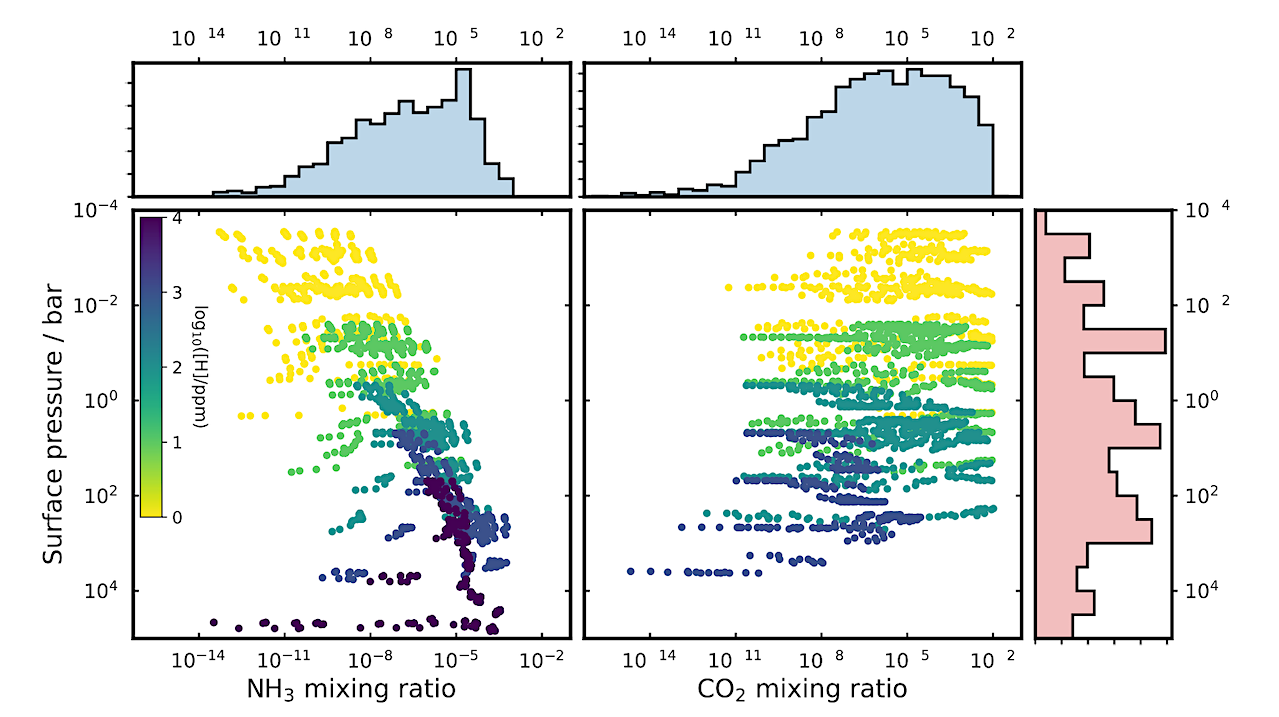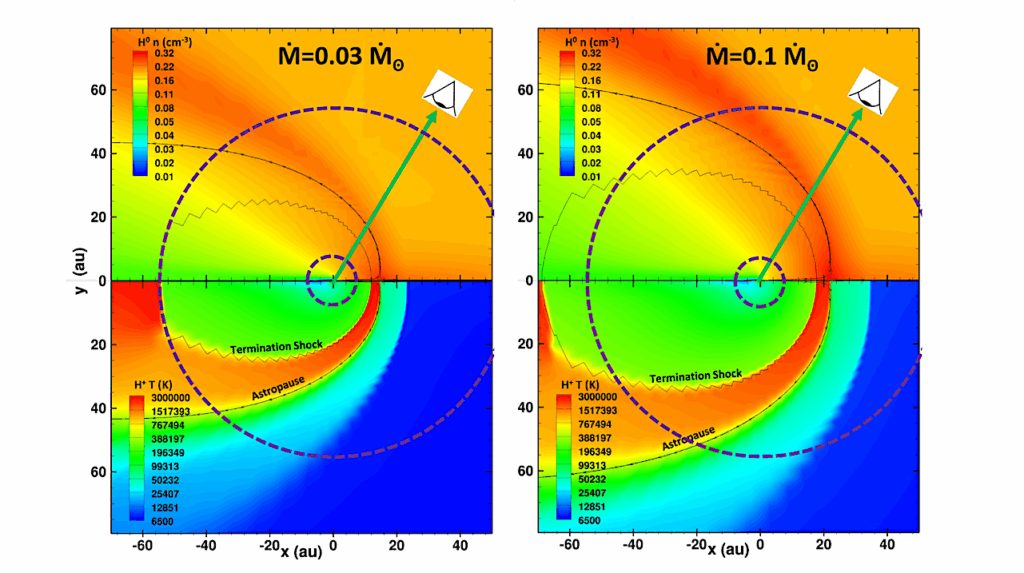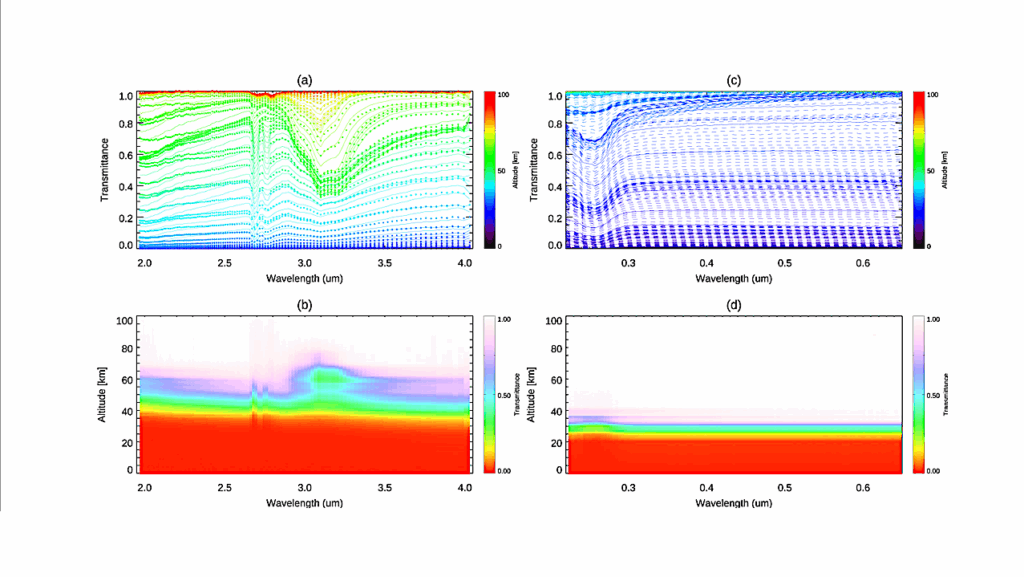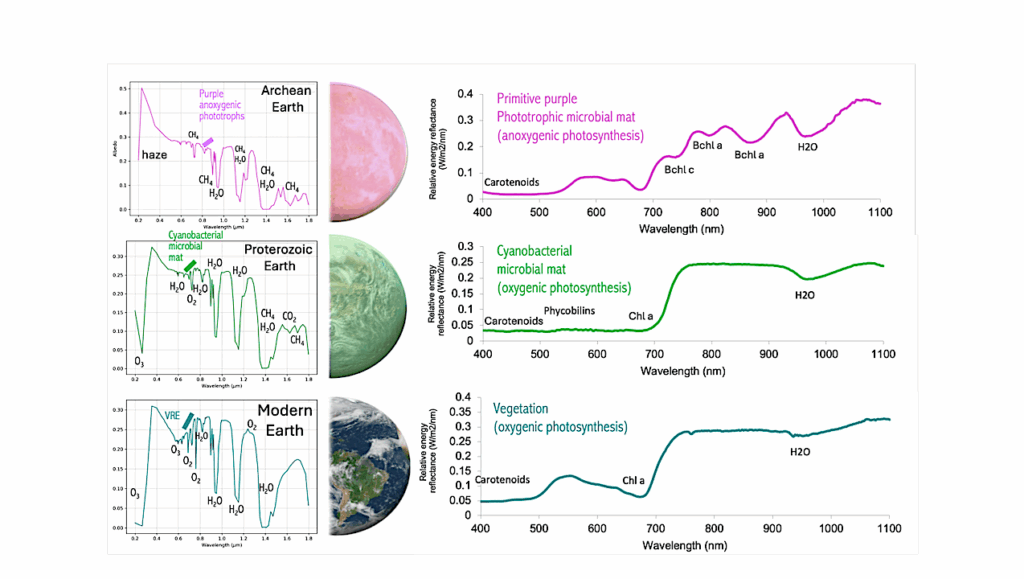Distinguishing Oceans Of Water From Magma On Mini-Neptune K2-18b

Mildly rradiated mini-Neptunes have densities potentially consistent with them hosting substantial liquid water oceans (`Hycean’ planets).
The presence of CO2 and simultaneous absence of ammonia (NH3) in their atmospheres has been proposed as a fingerprint of such worlds. JWST observations of K2-18b, the archetypal Hycean, have found the presence of CO2 and the depletion of NH3 to <100 ppm; hence, it has been inferred that this planet may host liquid water oceans.
In contrast, climate modelling suggests that many of these mini-Neptunes, including K2-18b, may likely be too hot to host liquid water. We propose a solution to this discrepancy between observation and climate modelling by investigating the effect of a magma ocean on the atmospheric chemistry of mini-Neptunes.
We demonstrate that atmospheric NH3 depletion is a natural consequence of the high solubility of nitrogen species in magma at reducing conditions; precisely the conditions prevailing where a thick hydrogen envelope is in communication with a molten planetary surface. The magma ocean model reproduces the present JWST spectrum of K2-18b to < 3 sigma, suggesting this is as credible an explanation for current observations as the planet hosting a liquid water ocean.
Spectral areas that could be used to rule out the magma ocean model include the >4um region, where CO2 and CO features dominate: Magma ocean models suggest a systematically lower CO2/CO ratio than estimated from free chemistry retrieval, indicating that deeper observations of this spectral region may be able to distinguish between oceans of liquid water and magma on mini-Neptunes.
Oliver Shorttle, Sean Jordan, Harrison Nicholls, Tim Lichtenberg, Dan J. Bower
Comments: 13 pages, 5 figures
Subjects: Earth and Planetary Astrophysics (astro-ph.EP)
Cite as: arXiv:2401.05864 [astro-ph.EP] (or arXiv:2401.05864v1 [astro-ph.EP] for this version)
Submission history
From: Oliver Shorttle [via Oliver Shorttle as proxy]
[v1] Thu, 11 Jan 2024 12:14:23 UTC (623 KB)
https://arxiv.org/abs/2401.05864
astrobiology








